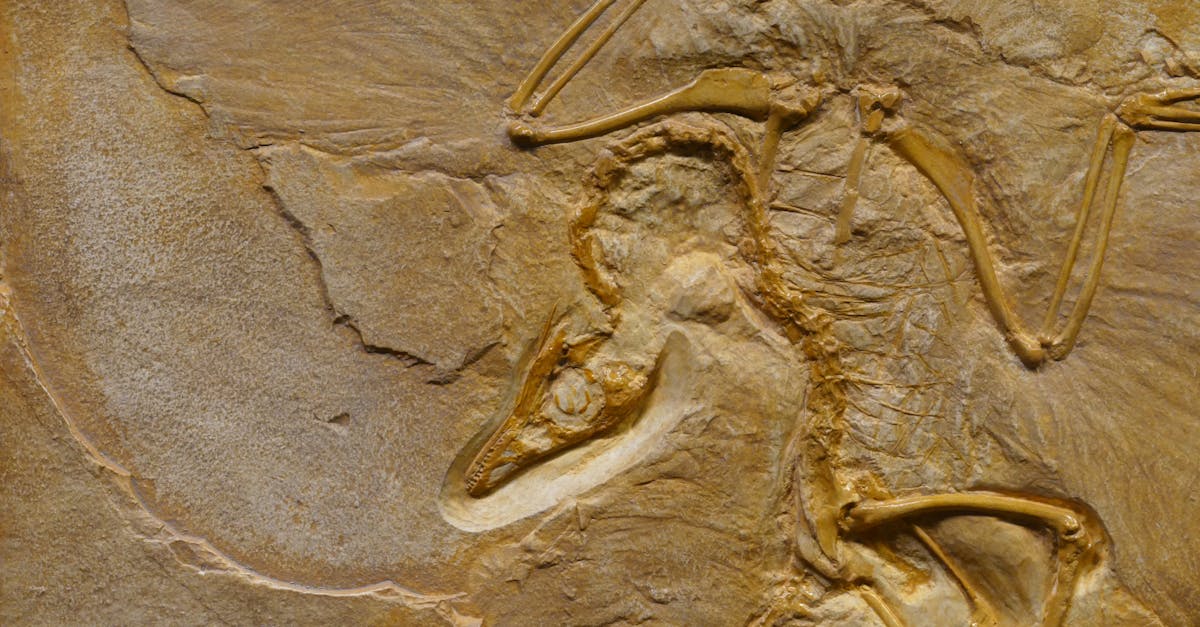The megalodon, an apex predator of the ancient seas, has fascinated scientists and enthusiasts alike for decades. Known for its immense size and formidable presence, this prehistoric shark is often depicted as a colossal creature that could dwarf even the largest modern sharks. In this article, we will explore just how big the megalodon really was, providing insights into its size, diet, habitat, and more.
| Aspect | Measurement |
|---|---|
| Estimated Length | Up to 60 feet |
| Estimated Weight | Around 50 tons |
| Size Comparison | Longer than a school bus |
| Jaw Size | Up to 10 feet wide |
| Fossil Evidence | Teeth over 7 inches long |
Estimated Length
The megalodon is estimated to have reached lengths of up to 60 feet, making it one of the largest marine predators to ever exist. Some researchers suggest that certain specimens could have grown even larger, potentially exceeding 70 feet. This immense size positioned the megalodon at the top of the food chain during its time, allowing it to hunt large prey such as whales and other marine mammals with ease.

Estimated Weight
In terms of weight, the megalodon is believed to have weighed around 50 tons. This astonishing mass is supported by fossil evidence and comparisons to modern sharks, particularly the great white shark. The sheer weight of the megalodon would have contributed to its ability to exert tremendous force while hunting, making it a fearsome predator in its ecosystem.

Size Comparison
To put the size of the megalodon into perspective, it is often compared to a school bus. At approximately 60 feet long, the megalodon would have been longer than most school buses, which typically range from 35 to 45 feet in length. This comparison helps illustrate the sheer scale of this prehistoric shark and the awe it inspires among those who study it.

Jaw Size
The jaw of the megalodon was not only massive but also incredibly powerful. Estimates suggest that its jaw could have reached widths of up to 10 feet. This enormous jaw size would have allowed the megalodon to capture and devour large prey, using its serrated teeth to inflict significant damage. The structure of its jaw indicates that it was capable of delivering a bite force far greater than that of any modern shark.

Fossil Evidence
Fossil evidence, particularly the discovery of megalodon teeth, has provided valuable insights into the size of this ancient shark. Some megalodon teeth measure over 7 inches in length, showcasing the formidable nature of this predator. These teeth are often found in marine sediment and serve as a critical indicator of the megalodon’s size and feeding habits, providing a glimpse into its life in prehistoric oceans.

FAQ
How did scientists estimate the size of the megalodon?
Scientists estimate the size of the megalodon based on fossil evidence, particularly teeth and vertebrae. By comparing these fossils to modern shark species, researchers can infer the overall size and dimensions of the megalodon.
What did the megalodon eat?
The megalodon primarily preyed on large marine animals, including whales, seals, and other fish. Its size and powerful jaws allowed it to hunt and consume these large prey items effectively.
When did the megalodon exist?
The megalodon lived approximately 23 to 3.6 million years ago, during the Cenozoic Era. It thrived in warm, shallow seas and was a dominant predator until its extinction.
What caused the extinction of the megalodon?
The exact cause of the megalodon’s extinction is still debated among scientists. Possible factors include changes in ocean temperatures, a decline in prey availability, and competition with other marine predators.
Are there any modern sharks that resemble the megalodon?
While no modern shark matches the size of the megalodon, the great white shark is often considered its closest living relative. Both species share similar physical characteristics, though the great white is significantly smaller.
References:
– [Smithsonian Institution](https://www.smithsonianmag.com/science-nature/the-megalodon-gets-a-makeover-102001378/)
– [National Geographic](https://www.nationalgeographic.com/science/article/megalodon)
– [NOAA Fisheries](https://www.fisheries.noaa.gov/species/great-white-shark)
